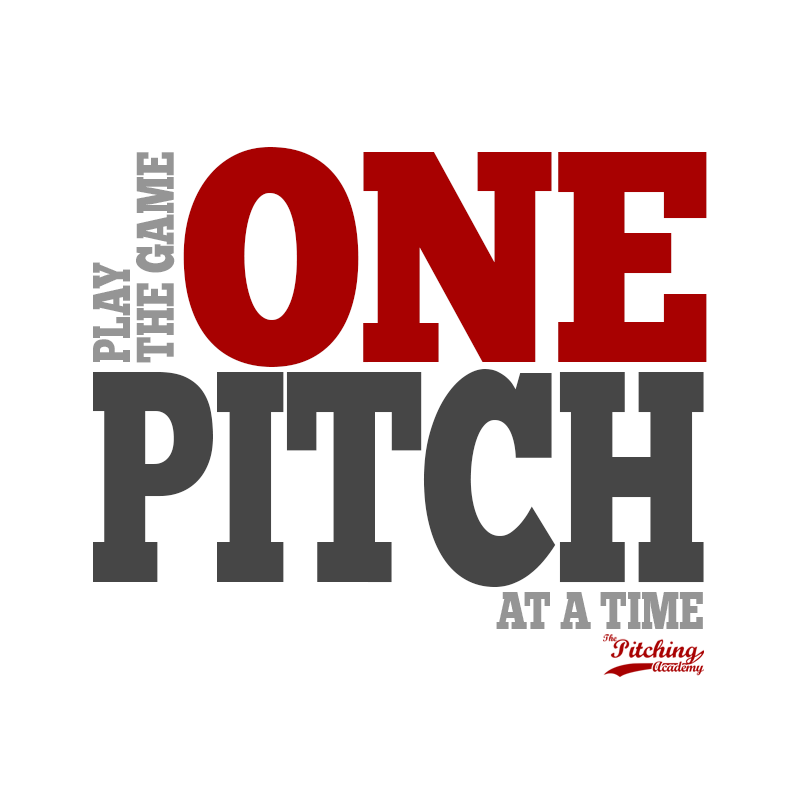
Pitching Pick off Moves and Overthrows
June 12, 2012
Repetition: Pitching and Getting Plenty of it?
June 15, 2012One of the questions I get most often when I begin teaching a new student is, how do I throw faster?
Throwing fast definitely has its place in pitching. Even though we often talk about the 3 keys to successful pitching (location, change of speed and movement) It’s nice to be able to blow it by a hitter every once in awhile. For example, right after a great off speed pitch.
So question is, how do you generate more MPH?
There are several ways to add more velocity. Today I will only talk about two of them because they can add several mph to your fastball when you do them correctly.
The first one is gaining more momentum to home plate.
Many pitchers don’t have a good weight transfer toward home. That means they are off balance and are leaving velocity on the table.
You can add momentum by keeping your head over your center of gravity (belly button) all the way to foot strike; when your landing foot hits the ground.
You can also gain momentum using your landing leg as a leveraging tool to propel yourself forward.
Most pitchers push off their back foot too aggressively thinking that will add velocity. If that’s done incorrectly, you will lose it.
So when you lift your leg, if you are leading with your hips, then you can use your front leg to help gain momentum to foot strike.
You can also add velocity increasing your stride length. Be careful with this though. You don’t want a stride that doesn’t allow you to complete your hip rotation.
Let’s talk about that for awhile. Complete hip rotation.
In fact, that is another velocity tip for you there.
Many pitchers rotate upper body before lower body. They tend to rotate with their front glove arm instead of hip rotation first.
You can add more velocity, throw longer and keep your arm healthy if you throw with your legs and hips as opposed to relying on your arm alone for power.
To help complete the hip rotation, rotate your back (pivot) foot all the way.
As you continue your movement toward home plate, keep that back foot on the ground (lightly) until release of the ball. When you do this, make sure your back foot doesn’t plant into the ground. You don’t want to stop your momentum from coming forward. You lightly drag your back foot forward as you continue your momentum to the plate. Its’ called your drag line.
Our hope is that you take what you learned today and put it to practice.
For a much more in depth but simplified approach to pitching mechanics take a look at our pitching mechanics/how to teach pitchers DVD. This will also help you coaches help your pitchers increase velocity, throw more strikes and stay healthy.





